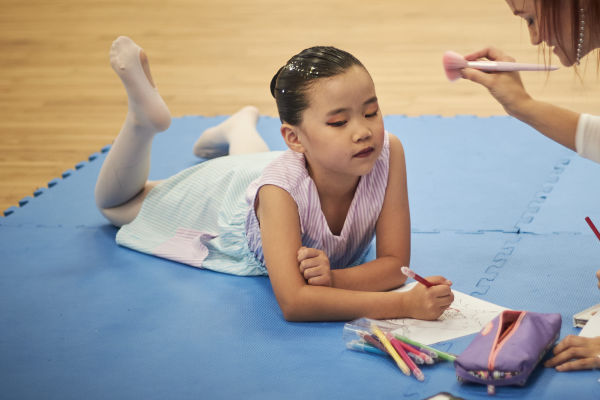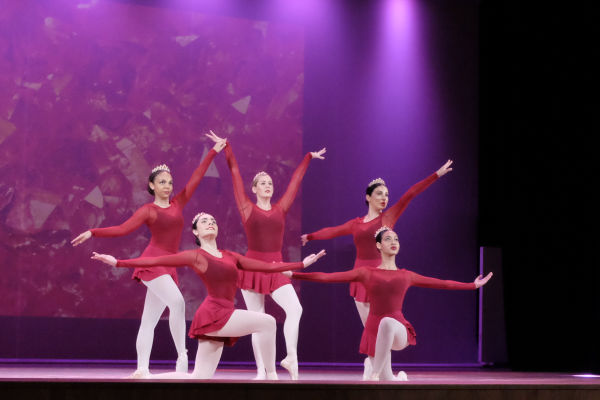Dance lessons provide children with a wide variety of benefits. They remain physically active, improve their memories, learn new skills, and gain the confidence that comes with performing for audiences. But a background in dance, even recreationally, can help your child succeed in the classroom and beyond.
Here are four ways dance classes can help improve your child’s academic performance:
- Boosts Confidence Learning physical and artistic skills gives children a sense of accomplishment and confidence. A child who’s able to work hard in the dance studio and remember the steps to a dance will leave with the feeling that they can translate those skills to school. This confidence can lead to increased participation in class discussions, better grasping of academic concepts, and improved performance on tests and projects.
- Improves focus and attention; kids can quickly get antsy, especially after long hours sitting at a desk. Children who have attention challenges, such as those with ADHD, are even more prone to difficulties focusing during the school day. Studies have shown a positive link between daily physical activity – dance or otherwise – and increased academic performance and attention in the classroom. If a child gets regular physical activity through dance classes, they can better focus their extra energy during the school day toward doing better on schoolwork. This improved attention gives better mastery of academic concepts, less time spent redirecting students, and overall improvements in classroom behavior.
- Decreases sick days; many children don’t get enough physical activity during the week, and decreased physical activity doesn’t just affect the waistline. It also can reduce the immune system’s ability to fight off colds, flu, and other illnesses. This leads to less physically active children being ill more often and taking more sick days, missing out on classroom instruction and structure. By remaining physically active through dance classes, kids are less likely to get sick. And when they do get sick, their recovery tends to be faster, so they miss fewer days in the classroom.
- Arts education proponents have long said that exposure to the arts – dance, music, theater, and visual arts – improves performance in the classroom. This connection seems to bear fruit thanks to the results of a study by the Brookings Institution in Houston. Students who receive dance classes are an excellent way to help children develop physical, emotional, and cognitive skills. Through dance, children learn discipline, focus, and coordination, which can translate into better academic performance. In addition, dance classes can help children improve their memory, creativity, and self-esteem.
In conclusion, dance classes offer children a wide range of benefits, including improving their physical health, cognitive abilities, and academic performance. By boosting confidence, improving focus and attention, decreasing sick days, and exposing children to the arts, dance classes can help children develop the skills and habits they need to succeed academically and beyond.



